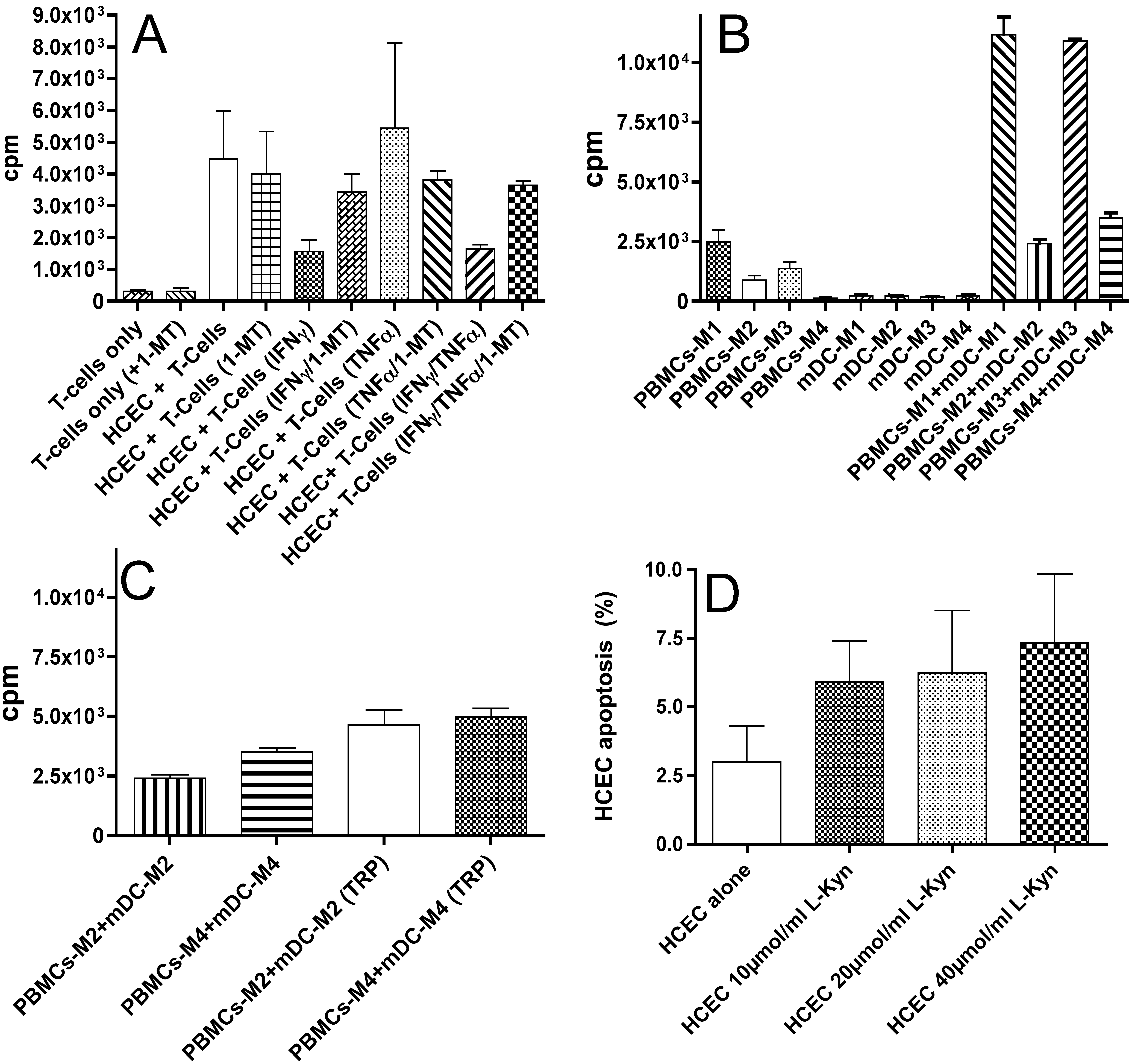Figure 4. Analysis of conditioned HCECs. A:
Determination of direct alloresponse of conditioned HCECs toward
T-cells is shown. T-cells were either unstimulated or stimulated using
IFN-γ or TNF-α or a combination of both. No significant T-cell
proliferation could be obtained. HCECs need stimulation of IFN-γ to
upregulate class II molecules. As this co-occurred with an upregulation
of IDO, a significant induction of T-cell proliferation could not be
detected. However, using 1-MT to inhibit IDO, a good proliferation of
T-cells up to more than 3×103 cpm was seen (Lane 6 and 10). B:
The effect of IDO-induced tryptophan metabolites on the proliferation
of effector cells (PBMCs) is shown in this panel. Mature DCs were
incubated (1×104 cells/well) for 72 h with allogeneic PBMC
cells (1×105 cells/well) in three different T-cell culture
supernatants of HCECs stimulated with 500 ng/ml IFN-γ, 100 U/ml TNF-α,
or 500 ng/ml IFN-γ + 100 U/ml TNF-α. The positive control consisted of
culturing PBMC cells with allogeneic DCs in cell culture supernatant of
unstimulated HCECs, and the negative control consisted of PBMCs or mDCs
alone in different pools of HCECs. T-cell proliferation was determined
by 3[H]-Thymidin incorporation (cpm) after three days of
culturing. We can show that the conditioned medium taken from HCECs
stimulated with IFN-γ and IFN-γ/TNF-α led to a significant suppression
of T-cell proliferation. C: Re-supplementation of the
conditioned medium as described in B using L-tryptophan is
shown. To determine whether the low tryptophan or the produced
L-kynurenine was responsible for the reduction in T-cell proliferation,
we supplemented the pre-conditioned supernatant to L-tryptophan. Only a
slight yet significant restoration of the T-cell proliferation up to
4×103 cpm could be registered. However, the T-cell
proliferation did not reach the level as shown in B as L-Kyn
was not depleted from the supernatant. D: Apoptosis assay using
flow cytometry for Annexin V was used to determine dose-dependant
toxicity of L-kynurenine toward HCECs. We did see a slight and
insignificant increase in apoptosis supplementing the HCEC supernatant
to L-kynurenine at 10, 20, and 40 µmol/ml.

 Figure 4 of Serbecic, Mol Vis 2009; 15:1312-1324.
Figure 4 of Serbecic, Mol Vis 2009; 15:1312-1324.  Figure 4 of Serbecic, Mol Vis 2009; 15:1312-1324.
Figure 4 of Serbecic, Mol Vis 2009; 15:1312-1324. 